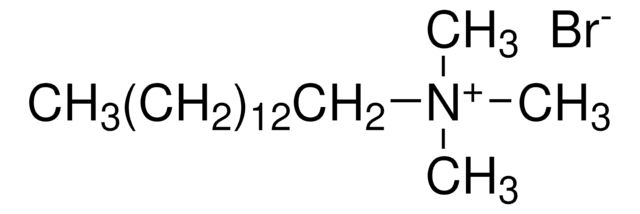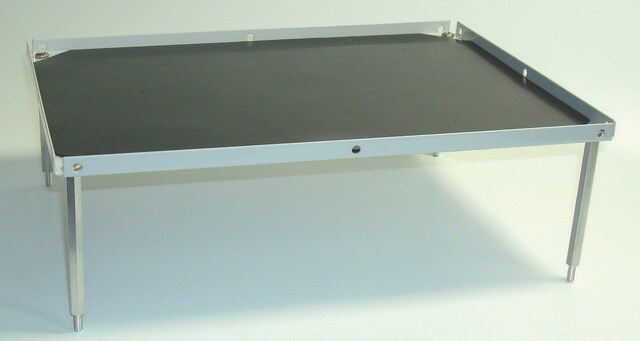ABC1451
Anti-PDGF-D
from rabbit
Sinónimos:
Platelet-derived growth factor D, Iris-expressed growth factor, Spinal cord-derived growth factor B, SCDGF-B
About This Item
Productos recomendados
biological source
rabbit
antibody form
purified antibody
antibody product type
primary antibodies
clone
polyclonal
species reactivity
human
species reactivity (predicted by homology)
rabbit (based on 100% sequence homology)
packaging
antibody small pack of 25 μg
technique(s)
western blot: suitable
isotype
IgG
NCBI accession no.
UniProt accession no.
target post-translational modification
unmodified
Gene Information
human ... PDGFD(80310)
General description
Specificity
Immunogen
Application
Western Blotting Analysis: A representative lot detected PDGF-D in PBS exchanged condition media collected from LNCaP cells transfected with PDGF-D expression vector (Courtesy of Hyeong-Reh Choi Kim lab at Wayne State University).
Quality
Western Blotting Analysis: 2 µg/mL of this antibody detected PDGF-D in PBS exchanged condition media collected from LNCaP cells transfected with PDGF-D expression vector.
Target description
Physical form
Other Notes
¿No encuentra el producto adecuado?
Pruebe nuestro Herramienta de selección de productos.
Storage Class
12 - Non Combustible Liquids
wgk_germany
WGK 2
flash_point_f
Not applicable
flash_point_c
Not applicable
Certificados de análisis (COA)
Busque Certificados de análisis (COA) introduciendo el número de lote del producto. Los números de lote se encuentran en la etiqueta del producto después de las palabras «Lot» o «Batch»
¿Ya tiene este producto?
Encuentre la documentación para los productos que ha comprado recientemente en la Biblioteca de documentos.
Nuestro equipo de científicos tiene experiencia en todas las áreas de investigación: Ciencias de la vida, Ciencia de los materiales, Síntesis química, Cromatografía, Analítica y muchas otras.
Póngase en contacto con el Servicio técnico







